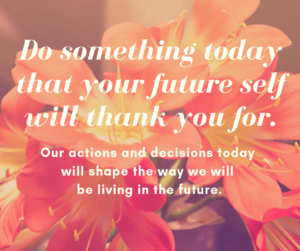When we don’t fully understand something, it can lead to stress or add to an already stressful situation.
The dictionary definition of understanding mentions “having insight, or good judgement” and “being sympathetically aware of other’s feelings; tolerant and forgiving”, however the main definition is – “the ability to comprehend”. Sounds simple enough, right? Nonetheless, it sure can be hard sometimes!
An example scenario could be between us and technology, (how frustrating is it when “that button” didn’t do what we thought it would do?!) I bet there are many computers around the globe that were close to being thrown out the window (mine included).
Often the lack of understanding is between us and another person. Or maybe a group of people, like between the sexes, between generations, between cultures, and so on. Years ago I bought the book “Men are from Mars, Women are from Venus” written by John Gray (because I felt that sometimes men spoke a completely different language!). These days there are websites, audible books, courses, YT videos and organisations to help parents understand their teenager (where were those options back in 2012 when I totally needed it?!)
So how do we increase our levels of understanding? For starters – we need to use (or develop) patience. Asking questions is always a good idea to gain more knowledge on any subject. Having an open mind to see things from the other person’s perception is recommended.
“Just because you don’t understand it doesn’t mean it isn’t so.”
― Lemony Snicket.
And I’ll finish off with the reminder to reach out for help whenever it is needed.
